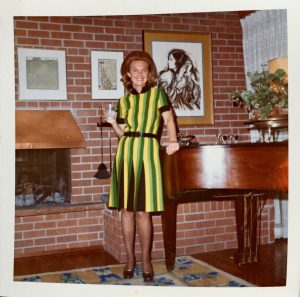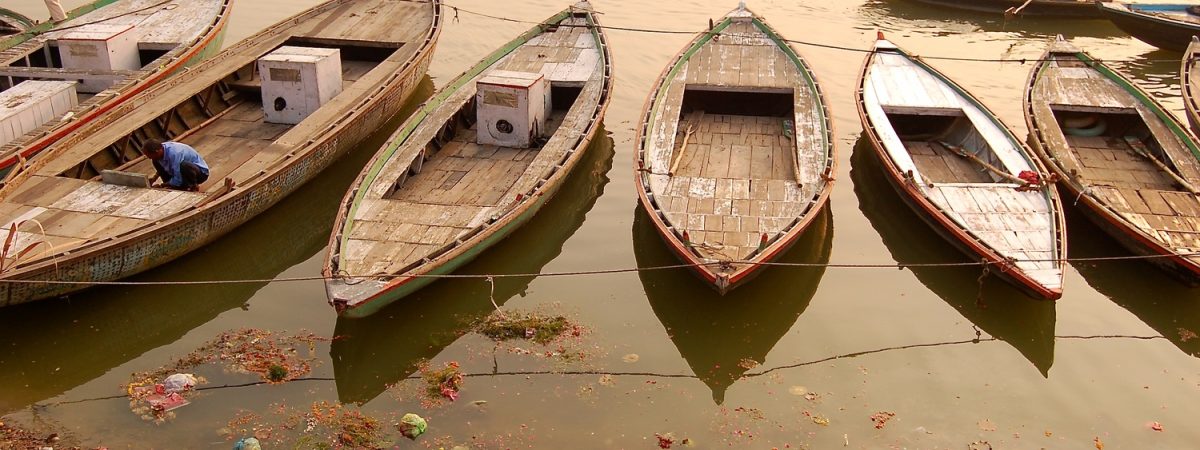 Guernica
Guernica
In the spring of 2006, at the end of my semester abroad, I traveled across Spain with Bubbie and Aunt Judy, which afforded me the chance to stay at the sort of accommodations that a college student otherwise ganders only while trying to poach a lobby bathroom.
I had spent the previous six months in the Andalusian city of Granada, near Spain’s southern coast, and that was where Bubbie and Judy came to meet me and to commence our joint expedition. From Granada we drove west to the ancient town of Ronda and stayed at a parador—a stopping place for weary travelers—with an expansive swimming pool on the edge of the famous El Tajo ravine. Over the previous months I had been reading James Michener’s Iberia, a Bible-length tome about the history of the region, and now I glimpsed the places that Michener had described. In Seville we stayed one night at Casas de la Judería—Houses of the Jewry—a hotel composed of interlocking rooms and courtyards in the city’s old Jewish quarter. Still in Seville, we switched accommodations for our second night, to the grander Hotel Rey Alfonso XIII, which the King of Spain had commissioned in 1929 to host out-of-town notables. (That spot was Grade-A.)
In Toledo we visited the El Greco museum and Judy ran the rental car into a pole outside a parking garage. Our penultimate destination was the Basque Country, where we spent one evening at a bar eating tapas off a tiny conveyor belt, savoring each sour olive, each tender asparagus spear, and washing it all down with Spanish red. The following morning Bubbie wore her bug-eyed sunglasses as we rode the local train to Bilbao to see the then-new Guggenheim. Perched on the edge of the Nervión River, seventy miles from France, we encountered the sculptor Richard Serra’s installation “The Matter of Time,” a titanic maze of rounded, bronze-cast steel. Art you could walk in.
For reasons that I can’t put my finger on, none of the three of us had a camera for the entire trip across Spain—and, this being a year before anyone had glimpsed an iPhone, we didn’t have phones to do the job, either. At the time I found this unproblematic—romantic, even: Why see Spain behind a camera when you can see Spain?, I thought, righteously, likely every time I saw a tourist snapping pics, which was pretty much all the time.

Bubbie before she was “Bubbie,” April 1974
Our final stop was Madrid. In the capital city we went to the National Museum, where I stood and stared at Picasso’s “Guernica,” and we stayed two nights at a hotel whose breakfast was served in a carpeted and wood-paneled dining room, tea and coffee dispensed from silver vessels.
That hotel gave us slippers. White slip-ons with a logo embellished in cobalt thread across the midfoot. Before I left for the airport—alone, since Bubbie and Judy were heading to Denver, while I was Northeast-bound on an earlier flight—I tucked those slippers in my duffel. Then I kissed my grandmother and aunt goodbye and flew home.
This year it will be five years since Bubbie died.
And though I have not a single snapshot of that trip across Spain, I do have the slippers. They are tearing a bit where the toe shaft is sewn into the padded sole, but I figure that’s not bad for a pair of giveaways from 2006. Sometimes I slide them on when I’m also sporting the grey hoodie I gave to Bubbie some years later, which has the name of my grad school emblazoned across the chest. That was the rare gift I’d given her that she actually used; she wore it all the time. And now I do, too, though the cuffs are beginning to tatter.
I refuse to ration the sweatshirt, or the slippers. To admit that I will wear them away to nothing, and that they, too, will one day be gone, is too much. So I just wear them.
